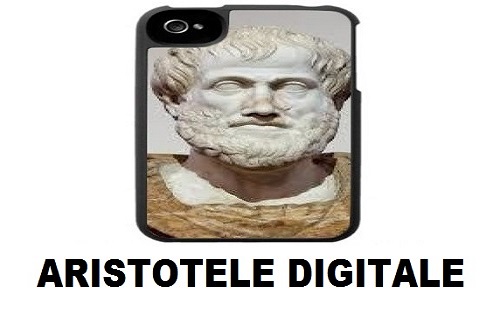At this precise moment (16:04, 8 July 2020) the worldmeter indicates there are 7 796 654 730 (seven billion seven hundred and ninety-six million six hundred and fifty-four thousand seven hundred and thirty) inhabitants on this planet. Obviously, the data flows relentlessly and impressively.
At the same time, always in the internet, I found out that there are well over 8 billion sims in the world. There are more sims than inhabitants. What is a sim? It’s a kind of avatar of each of us, a double, and alter ego, our substitute, potentially in contact with all the other avatars and therefore also with all other subjects.
What about identity?
The most promising and yet upsetting aspects in the world (or in the worlds) of the IoT undoubtedly come from the development of the digital twin, that is, the ability to virtually replicate physical resources, potential and actual, object equivalents, processes, people, places, infrastructure, systems and devices.
What about identity?
And then, what is the identity that is not only mirrored by multiplied. An uncomplicated answer, but it is more!
Since I have the presumptions of only sowing doubts, I will give it a try, week after week, around logic, ethics and aesthetics, hoping not to find myself walking the impervious paths of theology.
The principle of identify is at the foundation of logic as well as ethics that is formed with Western philosophy and metaphysics. It’s arguments (legitimacy) is based on the assertion that one thing cannot beat the same time A and not at A, from which everything to be what it is can only be equal to itself, A=A.
This way of thinking and producing is based on the primacy of Mimesis. In Mimesis the technique is a copy (in the ways of logic or procedures as well as of forms) and therefore must do everything possible to resemble the model: when the identical is reached, perfection is also achieved, and mathematics accounts for it, science of science. In Sanskrit, the root ‘ma’ refers to both measuring and building, to shaping with the hand ‘ma-no’(mano is ‘hand’ in Italian), and possibly also close to the Latin ‘ma-ter’ (‘mother’), i.e to the substance before. There is a lot of ancestral to think about.
In the words primordial abysses are hidden. All civilizations find their forms in these abysses, reasons, powers or weaknesses. But in the abysses, everything always moves between identity and difference. Then the underground emerges or re-emerges. And the supposed identity disperses, discovering that his pride is a swamp.
It has also happened to the proud West with what we call digital. Why? Because in digital A it is not necessarily equal to A and this is evident if, instead of considering formal reciprocity, we consider that there is a difference in position:the first A is in a different position than the second A. But even math finds itself to be highly efficient, but no longer transcendent, that is, absolute (Gödel).
Is the logic of the universal Turing machine not a positional logic? And isn’t this what makes machines think too (even if someone just doesn’t want to accept it), i.e. to be in relation? The digital is fantastic and a powerful virus that comes from the depths, and to fight against it you have to dominate it by looking at it, unlike what the ancient myths tell, in the eyes.








